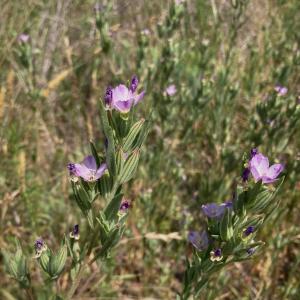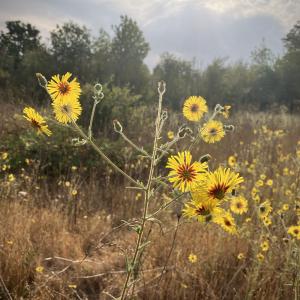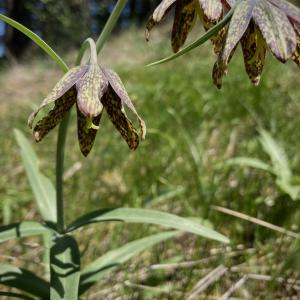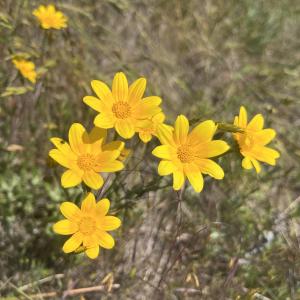By Lauren Berger and Emily Hayden, December 2023
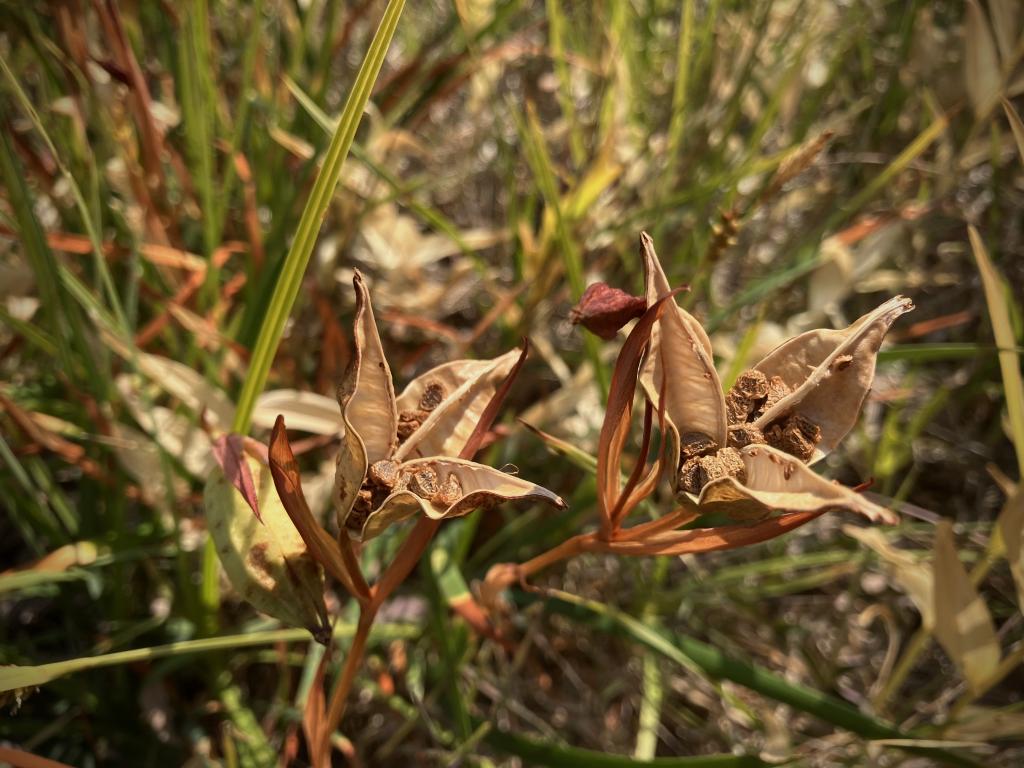
As we wind down 2023, and thus our annual seed collection season, we reflect on the successes and challenges of this year. Our season was full of squinting as we searched for tiny forbs—like small-flowered lotus (Acmispon parviflorus) and slender phlox (Microsteris gracilis)—to straining our necks looking up for collectible populations of Oregon white oak (Quercus garryana) and bigleaf maple (Acer macrophyllum). We’ll have to keep up on our neck exercises in order to stay in shape for the coming spring!
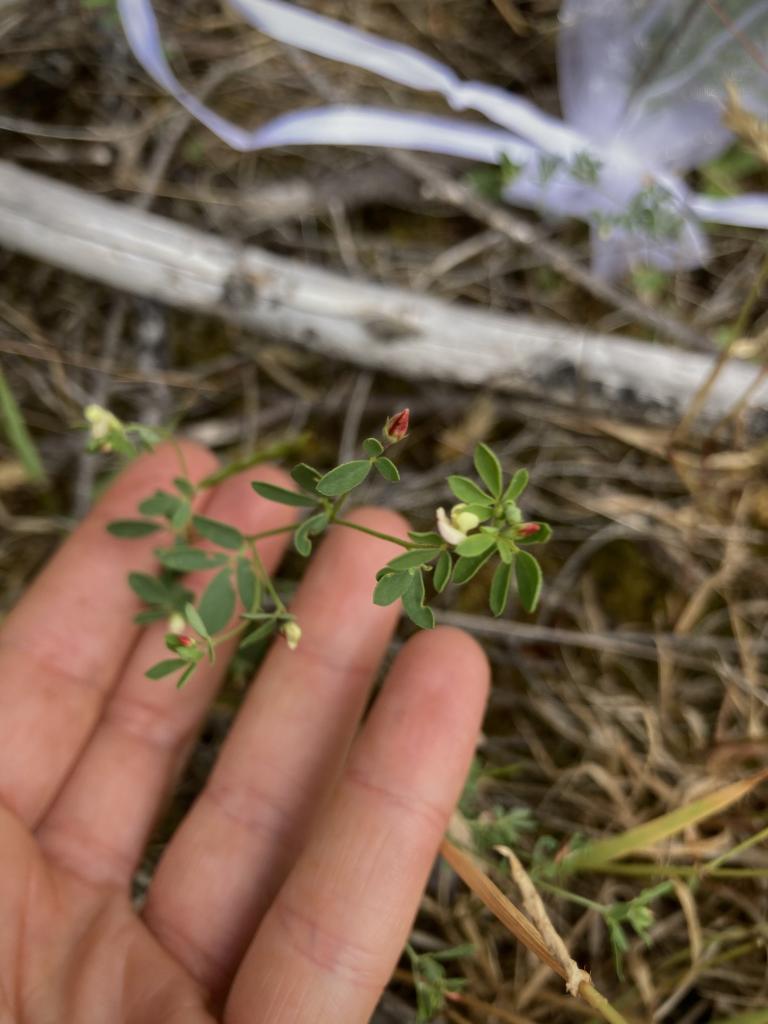
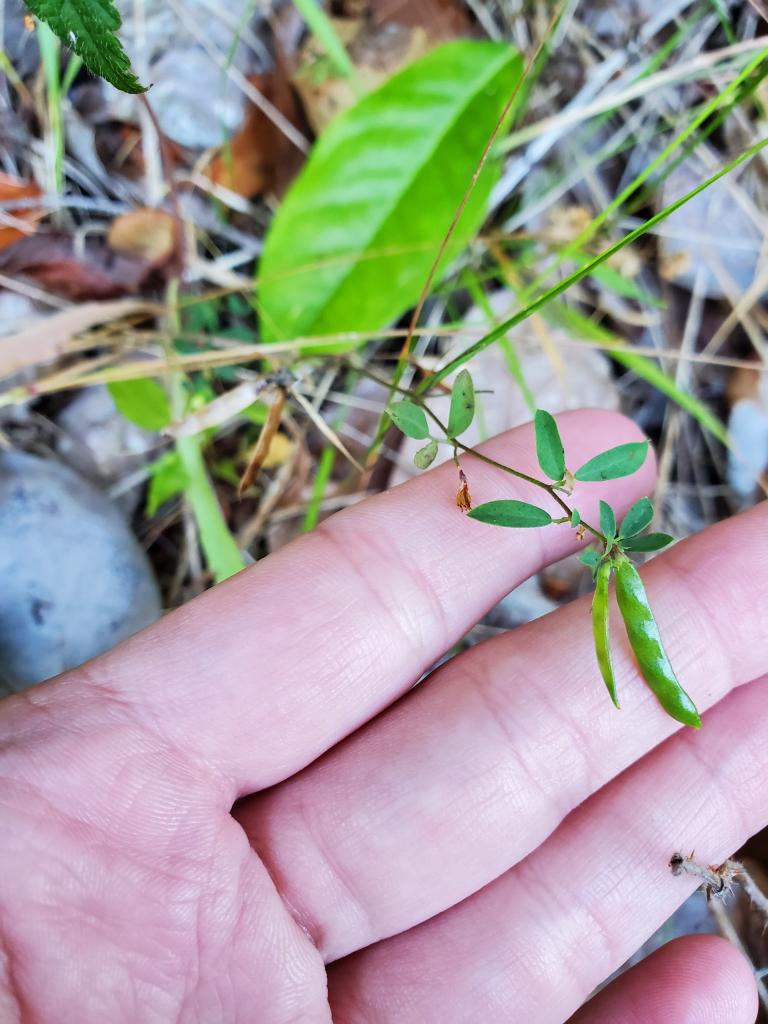
Shifting weather patterns never fail to make seed collection an unpredictable feat, leading to a season full of highs and lows. Our collectible population of winecup clarkia (Clarkia purpurea) narrowly avoided a small brush fire by mere feet. Much of the West received record breaking amounts of rain–meanwhile the Willamette Valley experienced an unseasonably dry spring, forcing us to shift priorities in seed collection. Then there are the parasites that don’t emerge on the inflorescences until the big moment to collect, on our crew’s final visit after multiple trips to track the population’s phenology. But these occasional setbacks have been outshined by moments that go right. Whether it be finding the perfect size of seed cleaning screen on the first try, encountering an unexpected, robust population of showy tarweed (Madia elegans), or all the synchronous work our staff and collaborators have put forth to make over 90 accessions of seed collection possible.
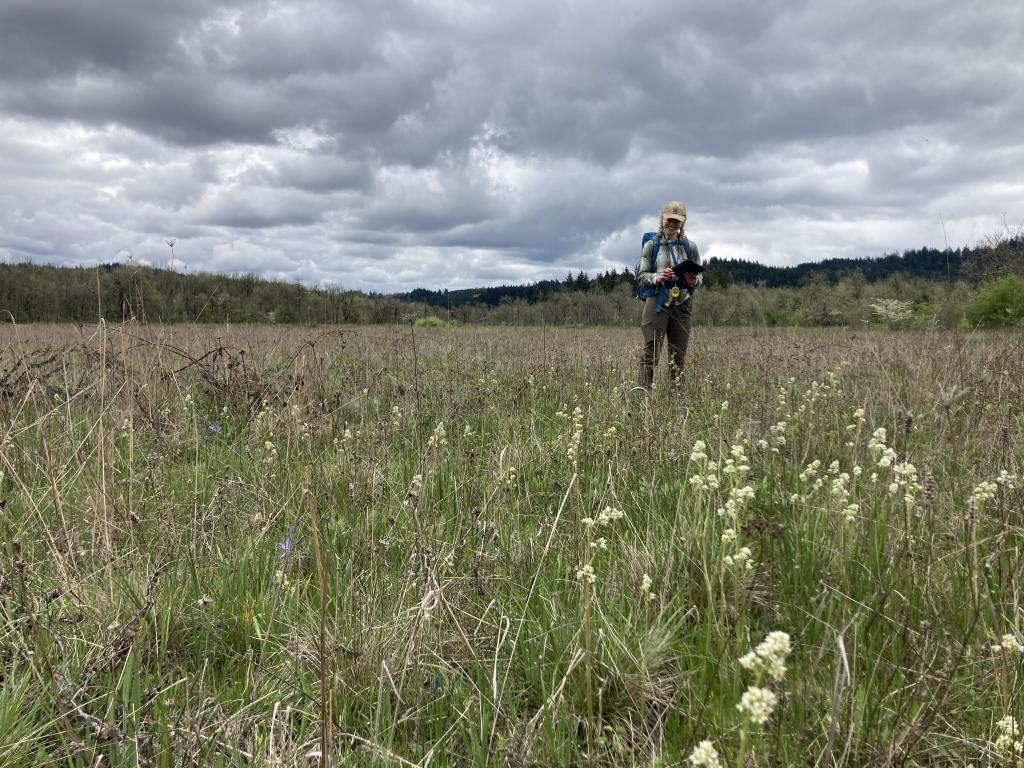
Our seed collections spanned 13 counties ranging across the Willamette Valley, the Oregon Coast, and mid-elevation sites in the Cascade foothills. We collected seed from 41 species this season, including hairy panic grass (Dichanthelium acuminatum), bog saxifrage (Micranthes oregana), forest scrufpea (Rupertia physodes), as well as species under threat such as thin-leaved pea (Lathyrus holochlorus).

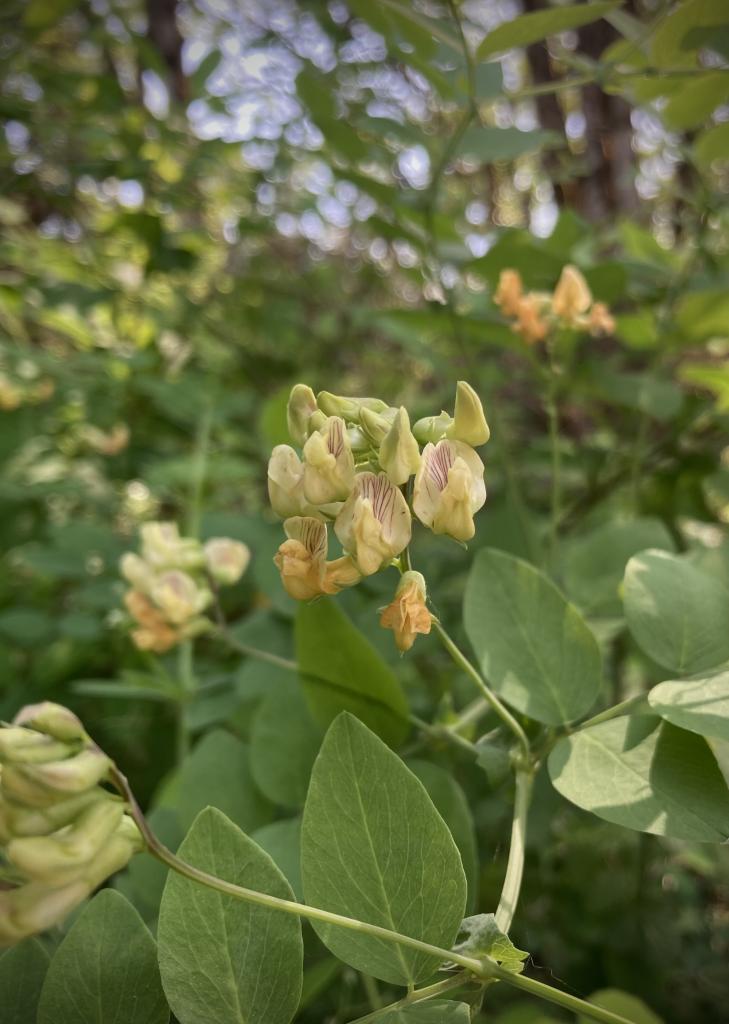
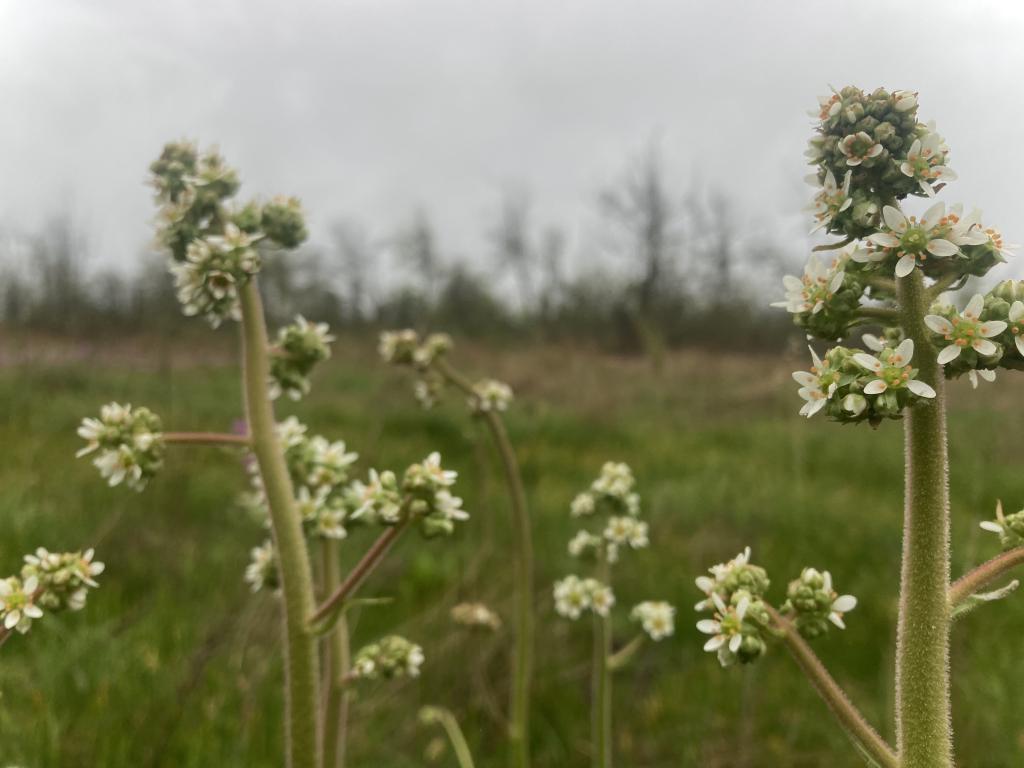
This past year, our team continued to work on projects including the Bureau of Land Management’s Seeds of Success program and the regional Willamette Valley Native Plant and Coastal Native Seed Partnerships. We also began collecting for a Climate Adapted Plant Materials project conducted by Tualatin Clean Water Services. Each of the projects the Plant Materials program collects for has their own protocols and goals within conservation: the seed harvested this year will be sent for gene banking, site-based restoration projects at Mary’s Peak, seed amplification at the IAE farm, species-recovery efforts for Kincaid’s lupine (Lupinus oreganus), recovery of the state- and federally-listed Oregon silverspot butterfly (Speyeria zerene hippolyta), and many more vital projects instrumental to the future of conservation.
